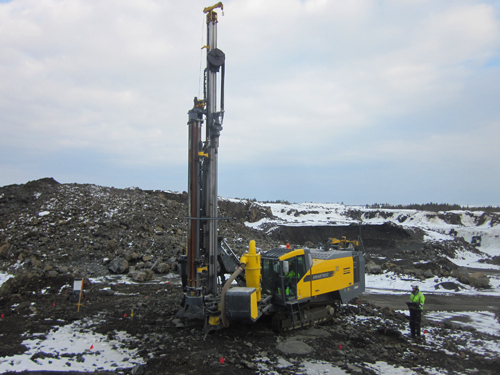
In 2012 the US introduced an anti dumping levy on Chinese solar imports to protect its manufacturers: now the same manufacturers are worrying that they will be excluded from the exploding Indian market if India brings in similar measures to protect its indigenous industry.




 Petrotrin-SPR-O&G-Bro-s.pdf
Petrotrin-SPR-O&G-Bro-s.pdf






